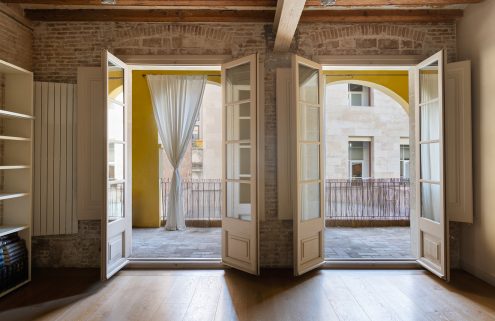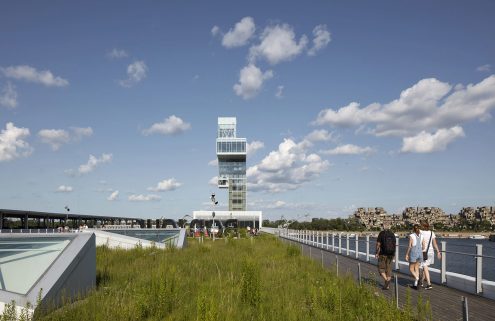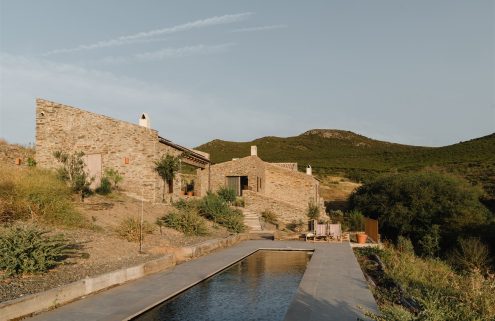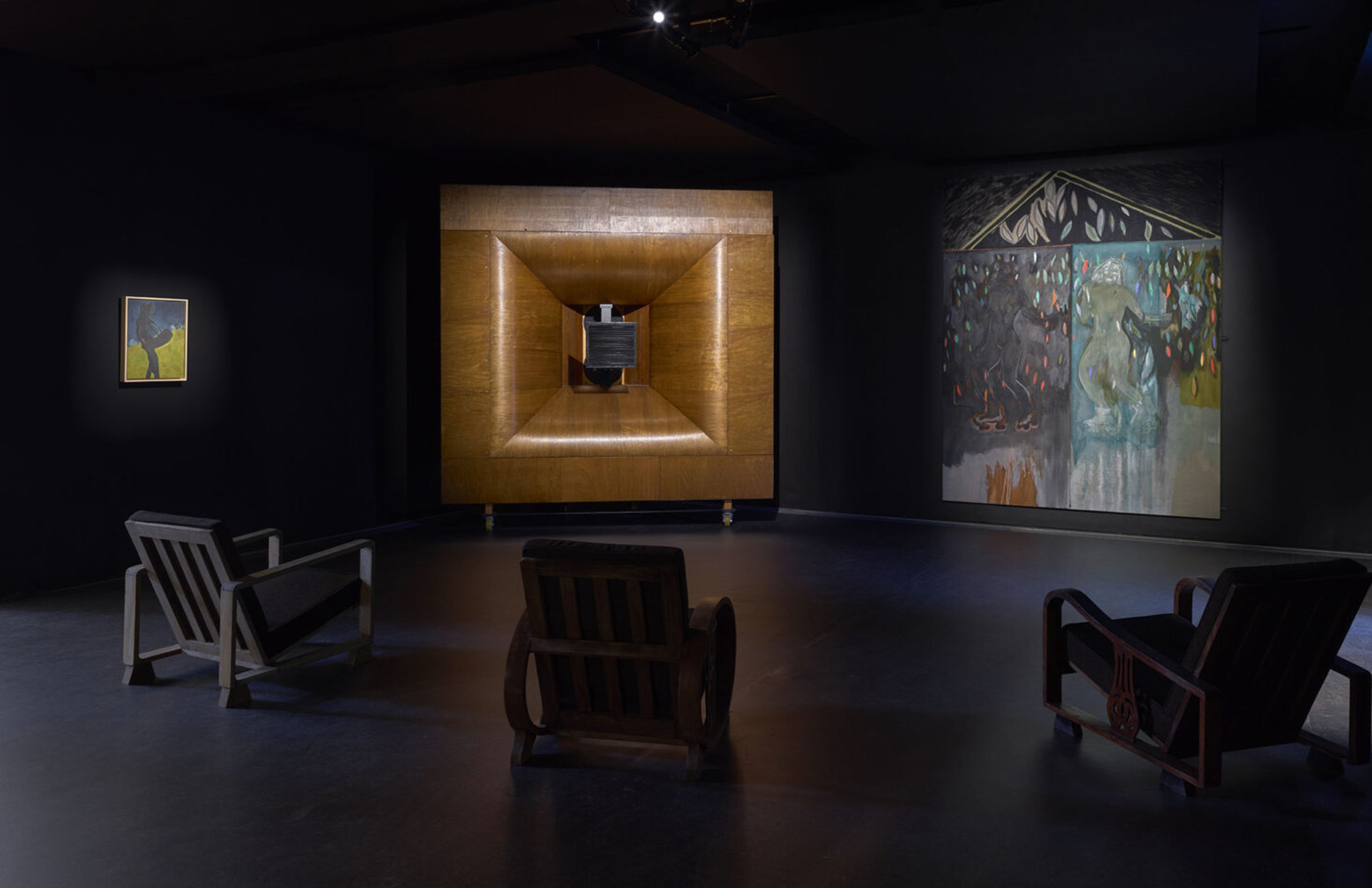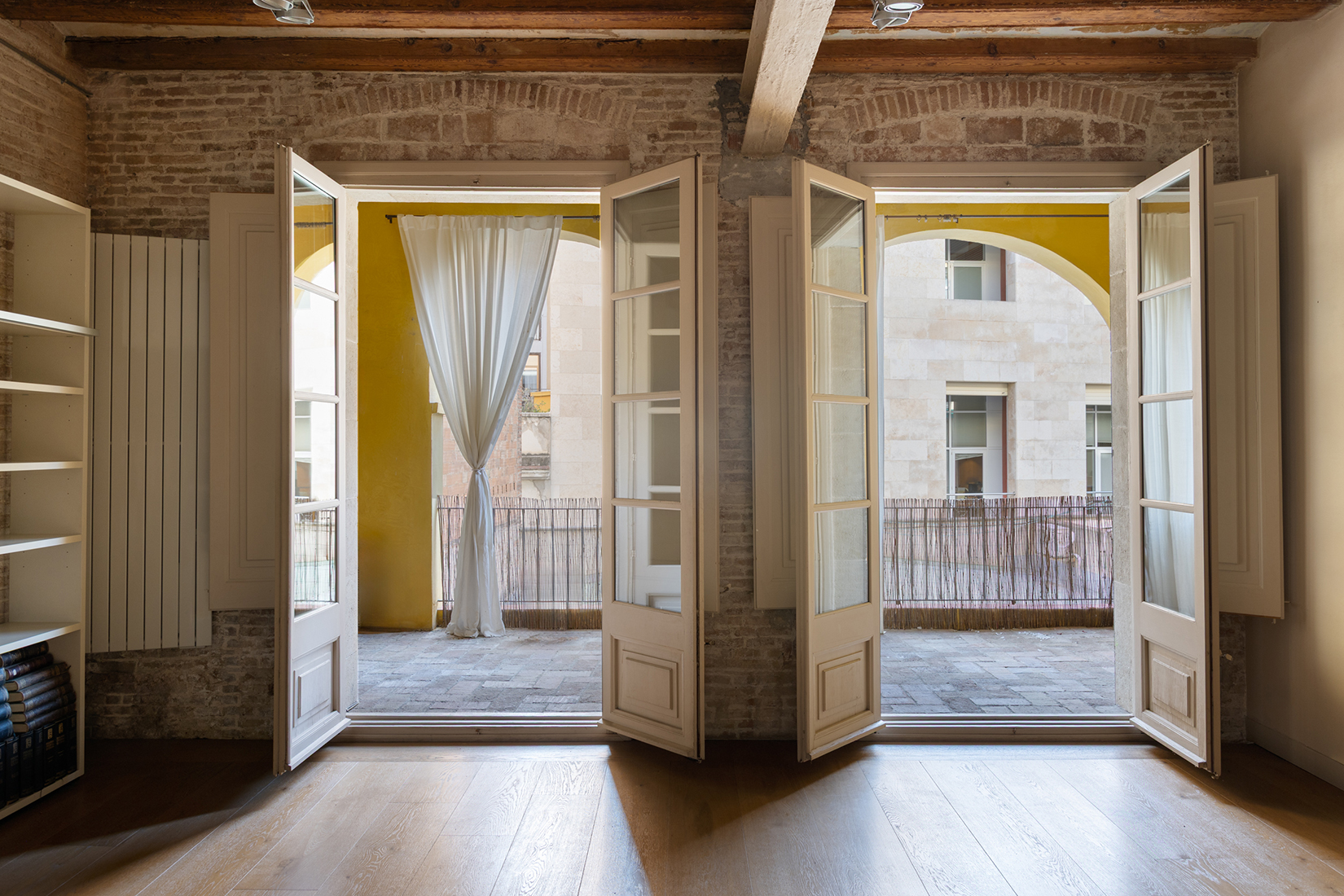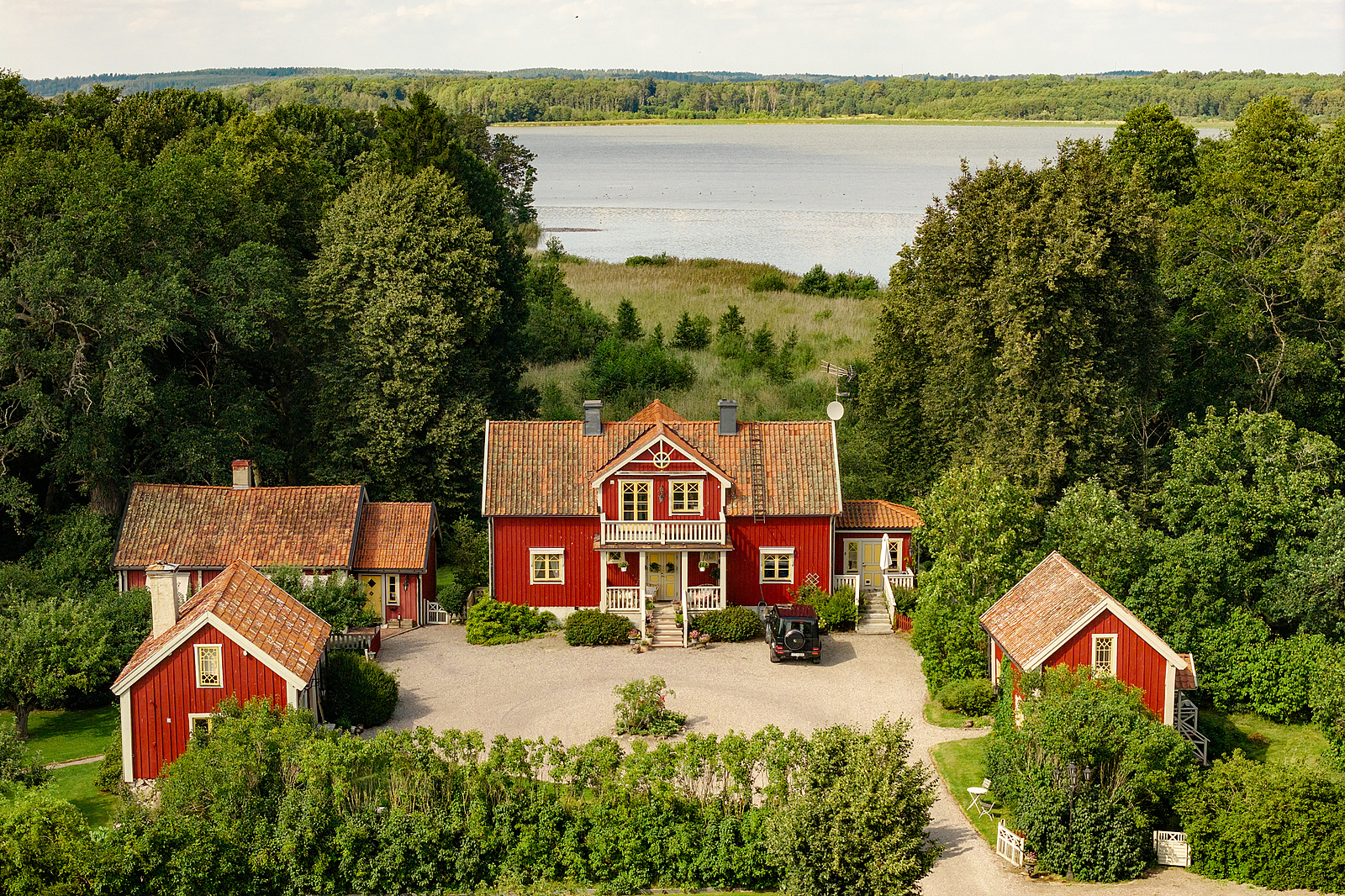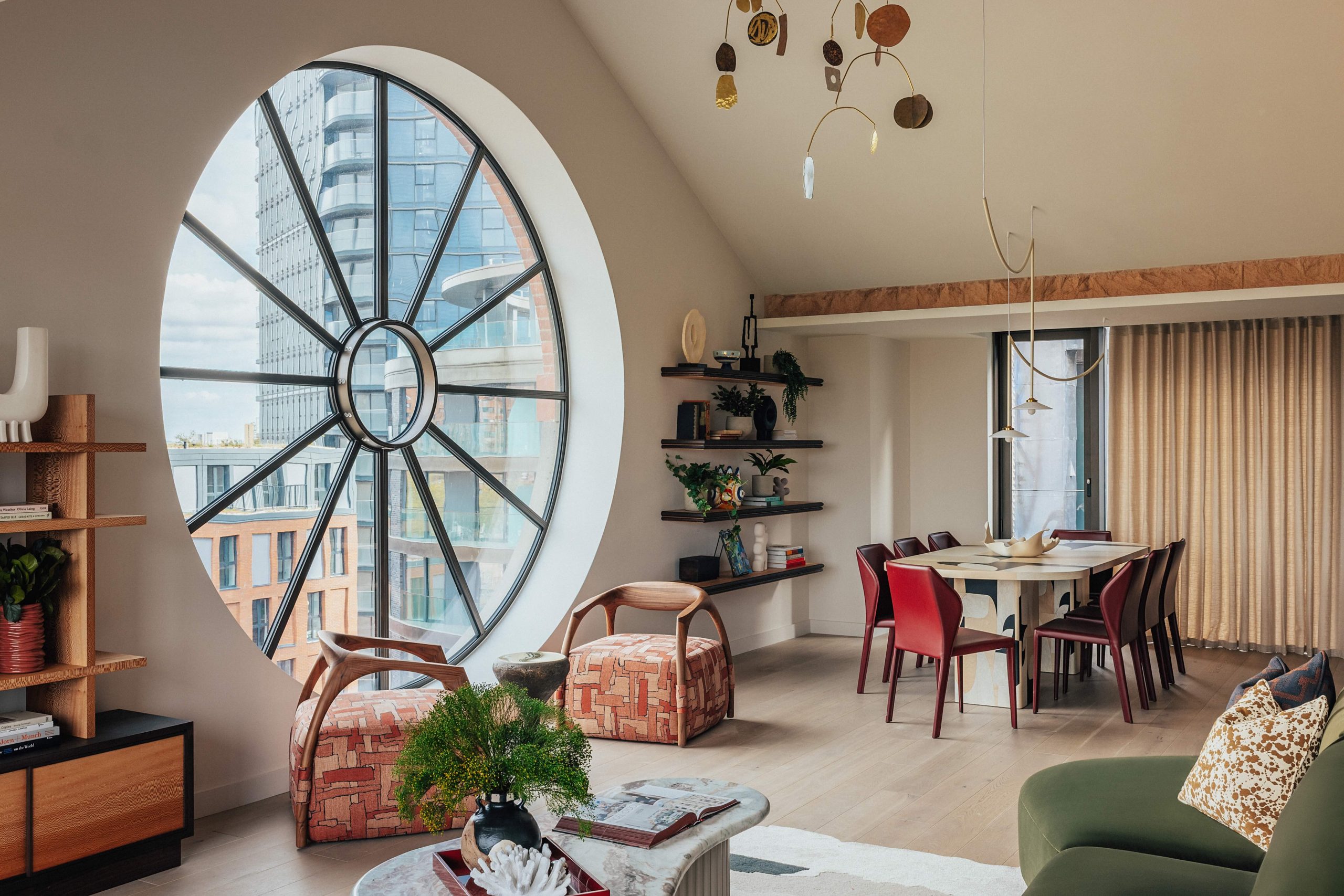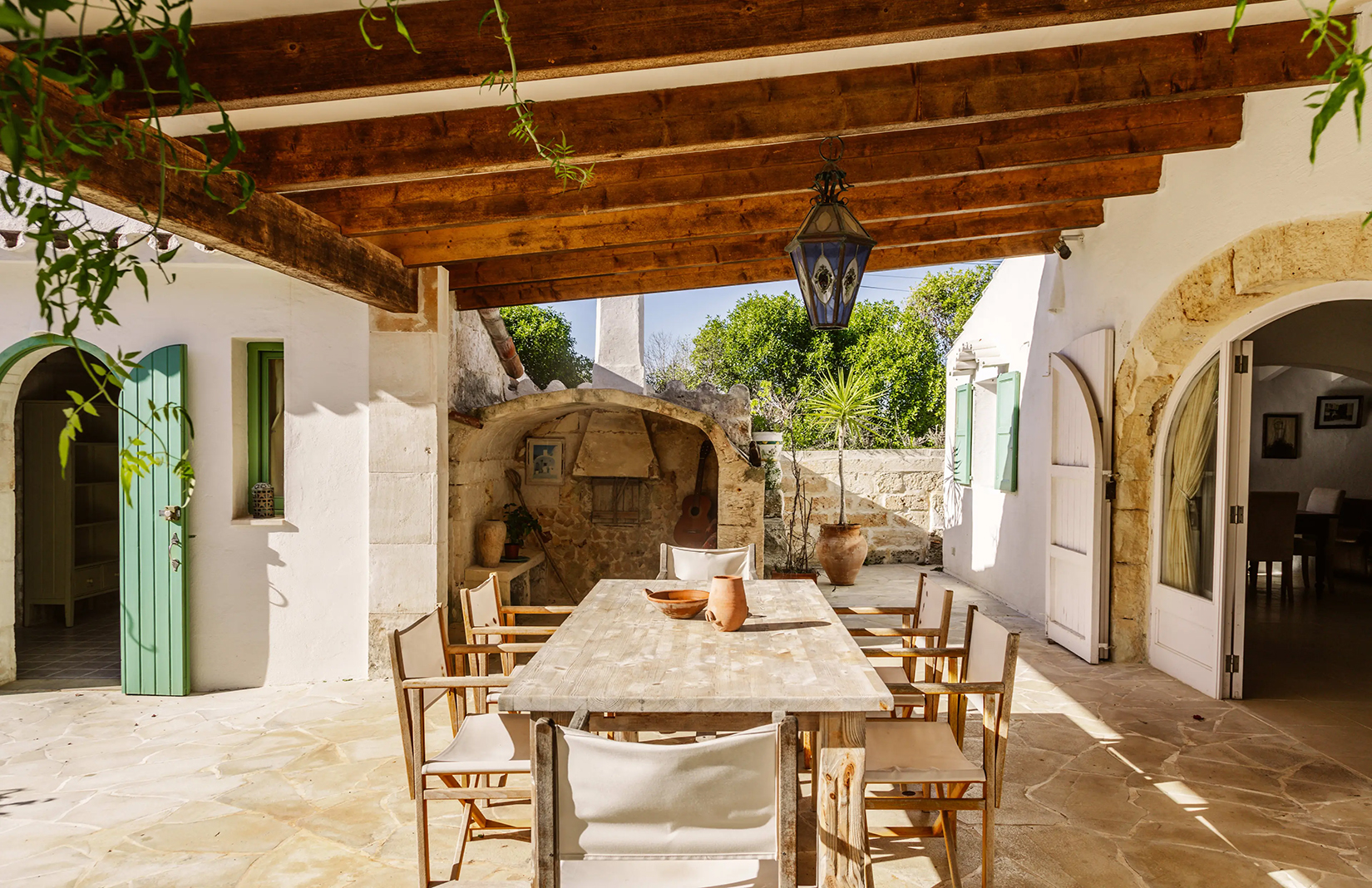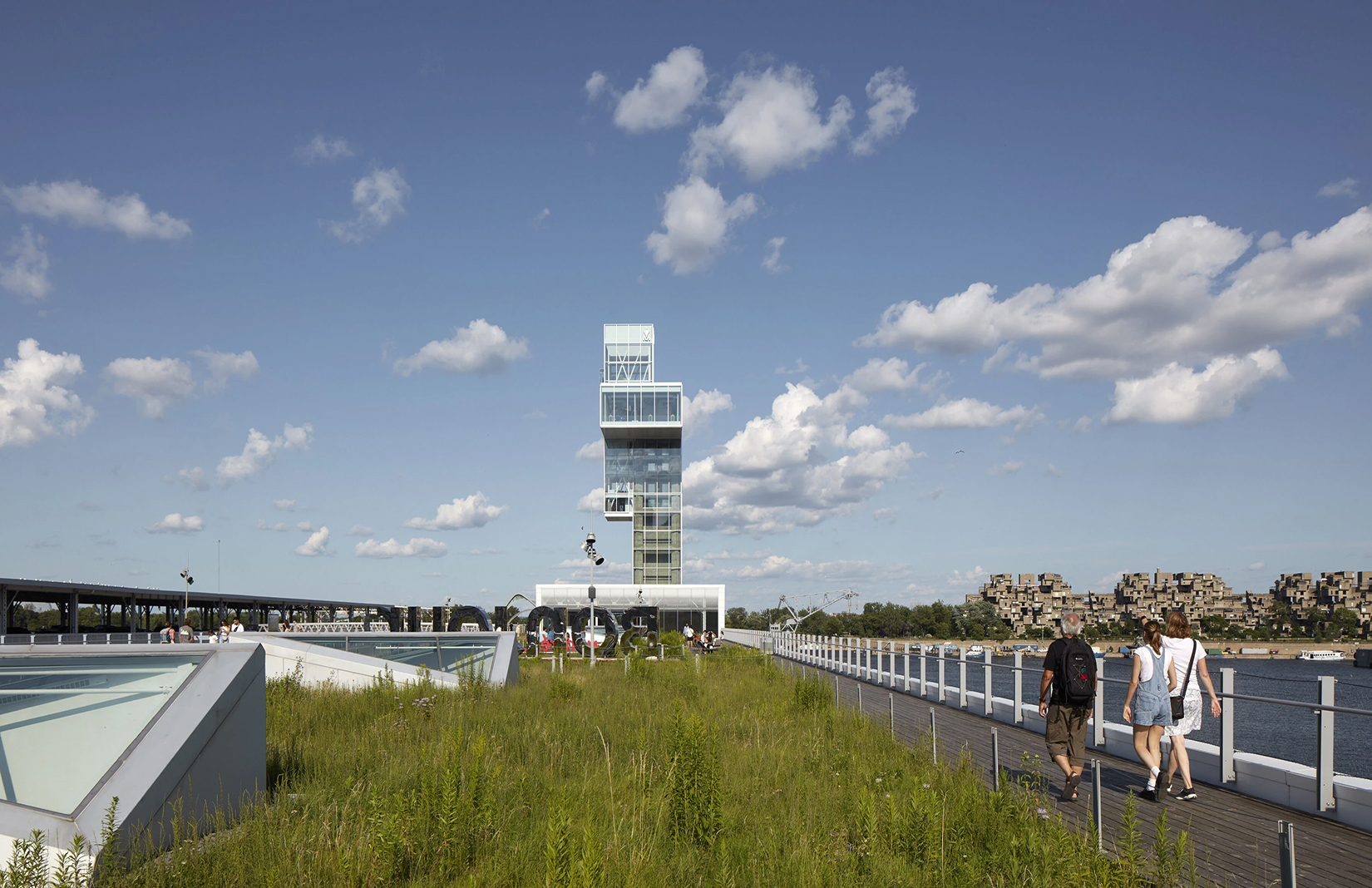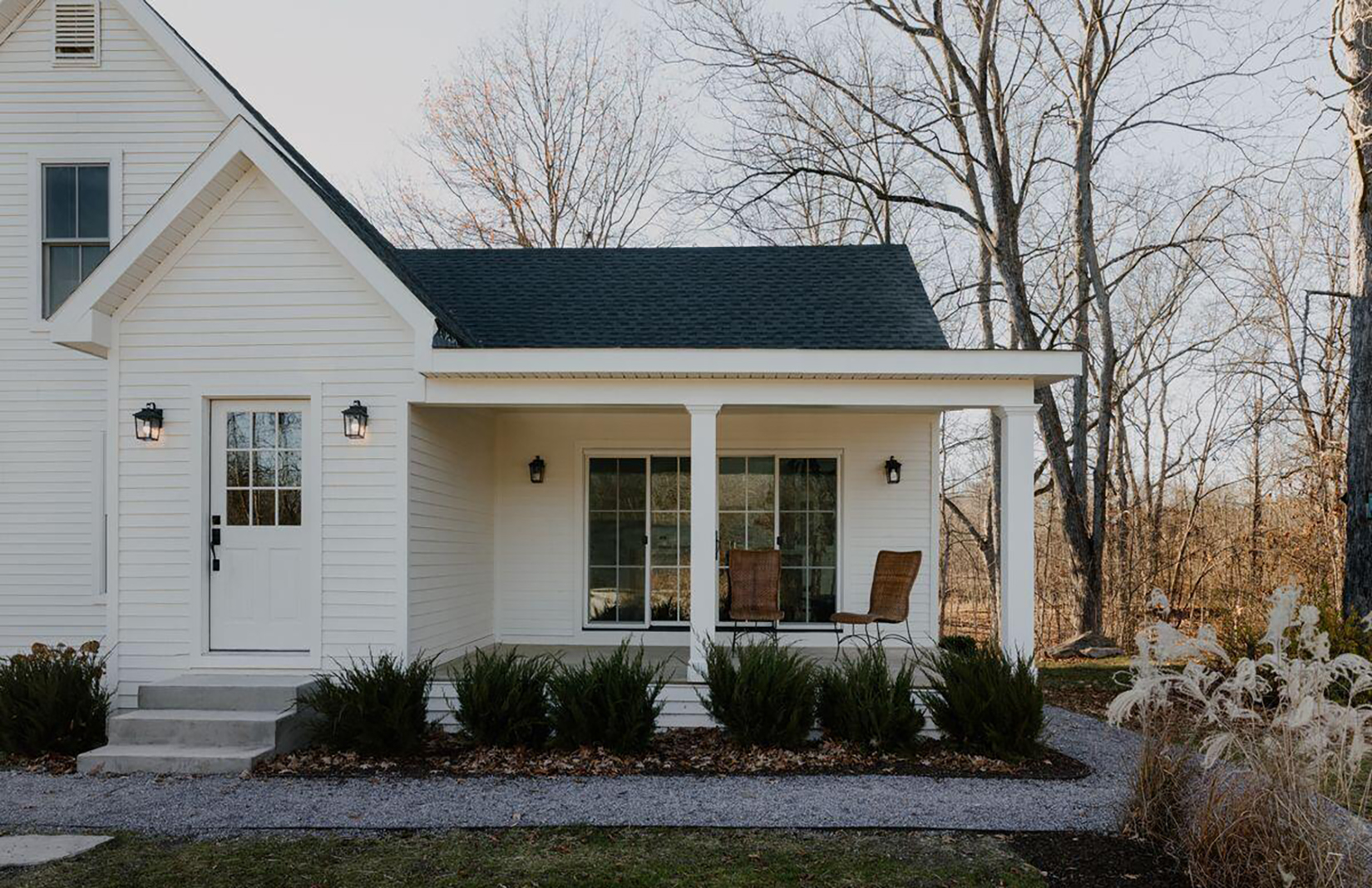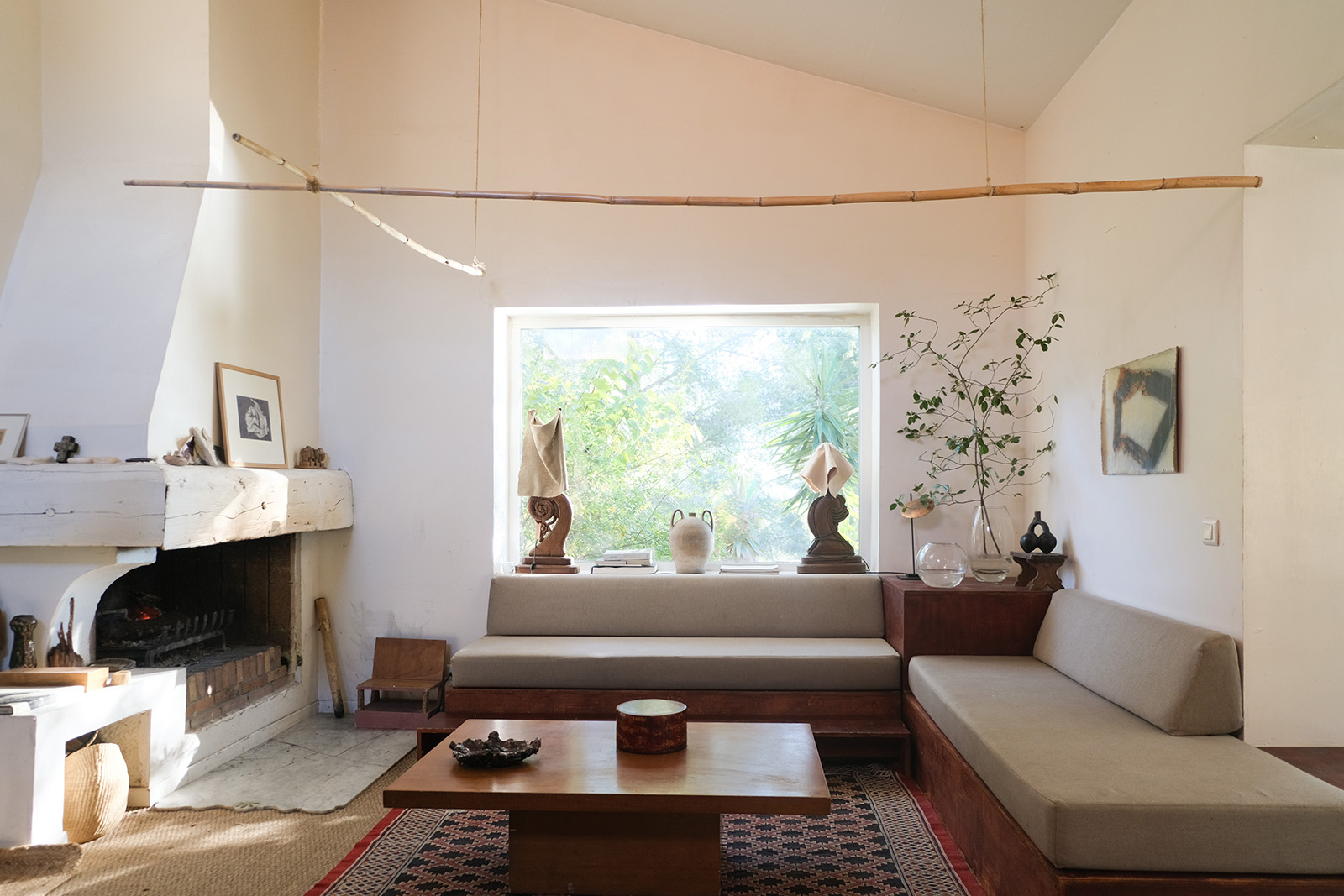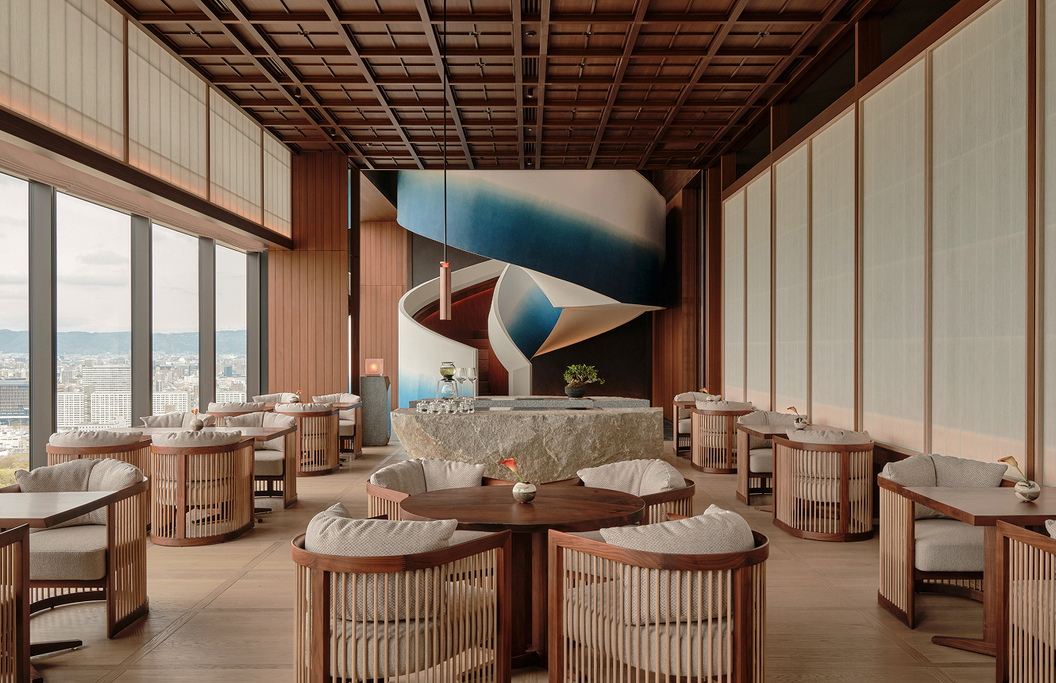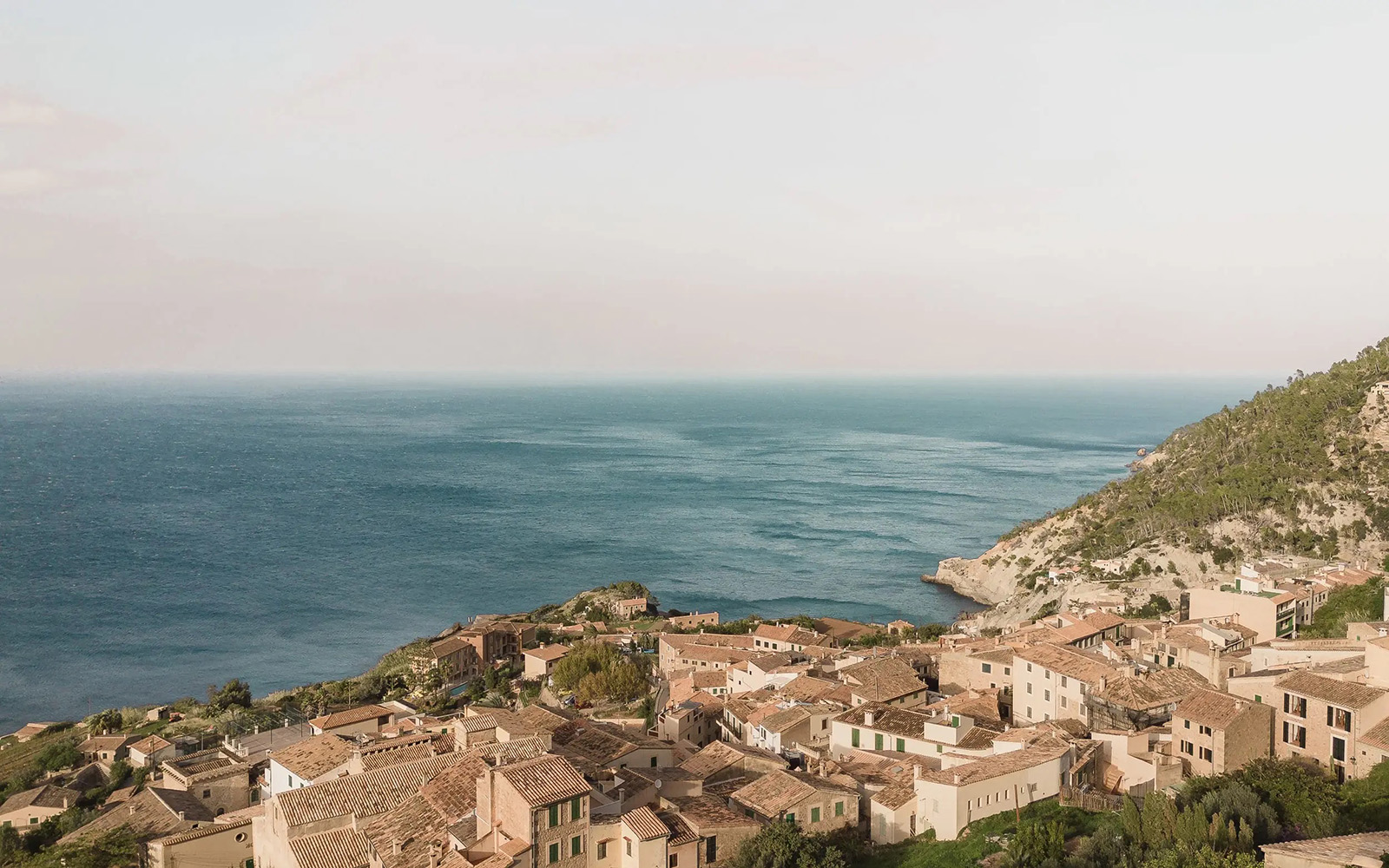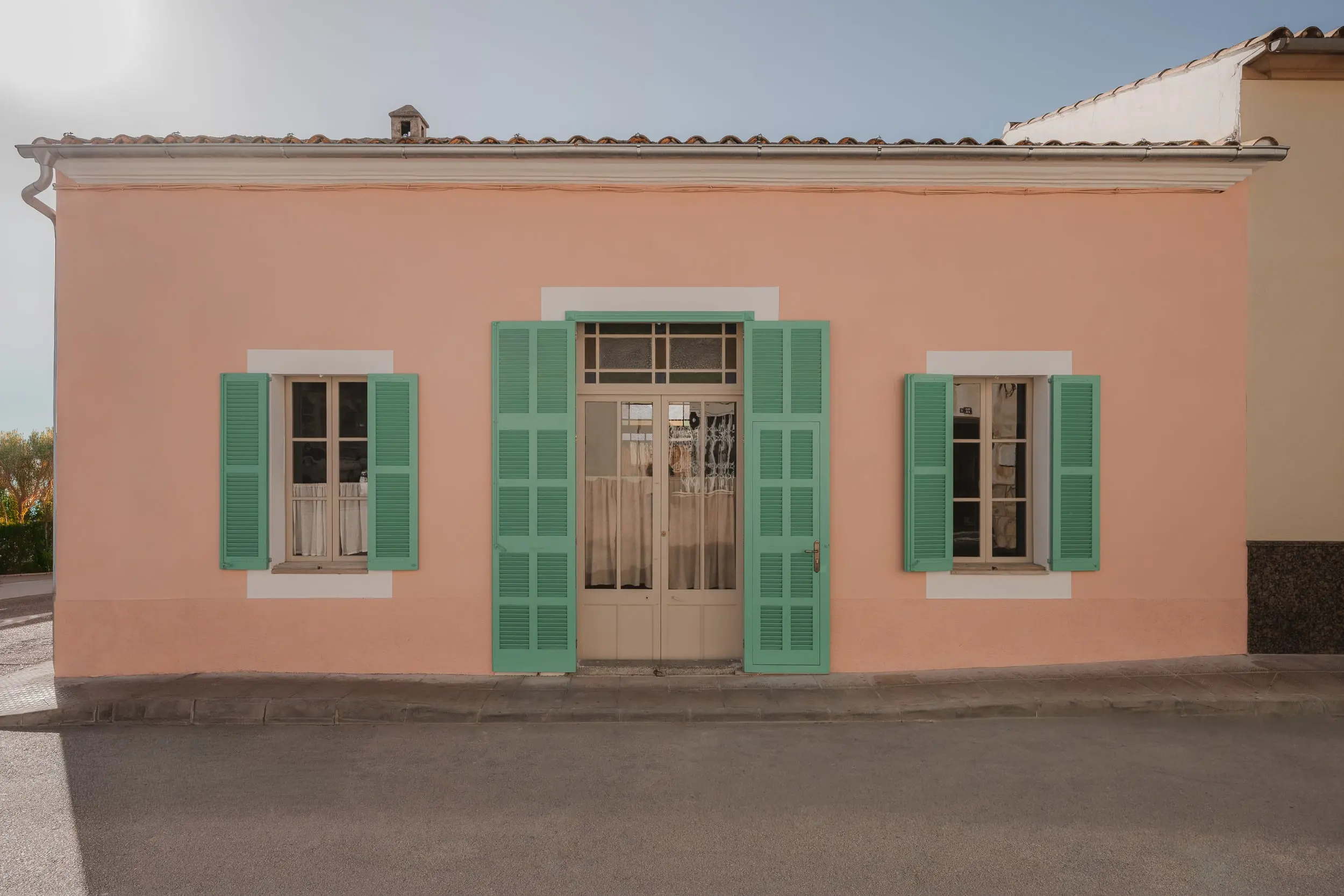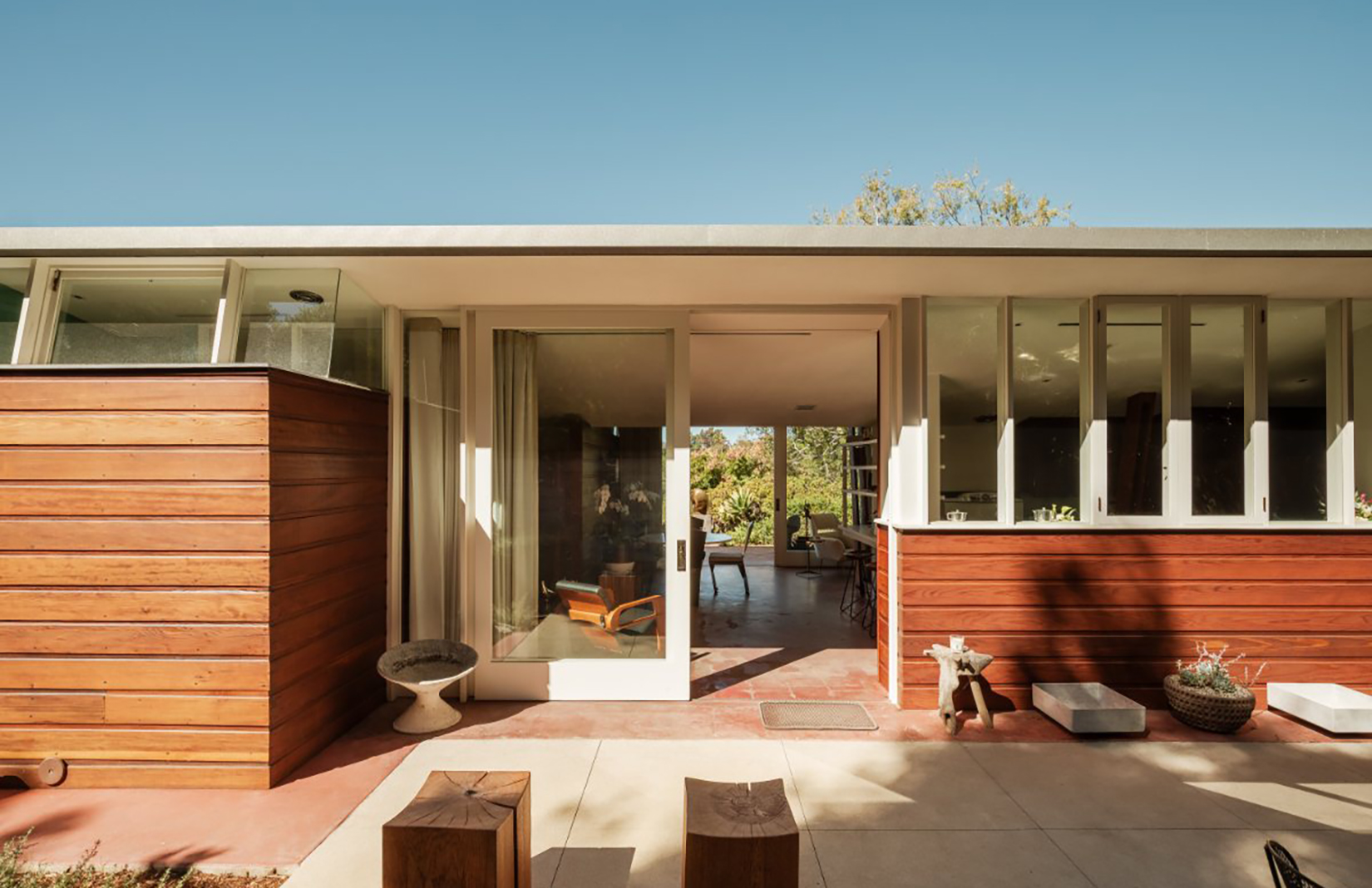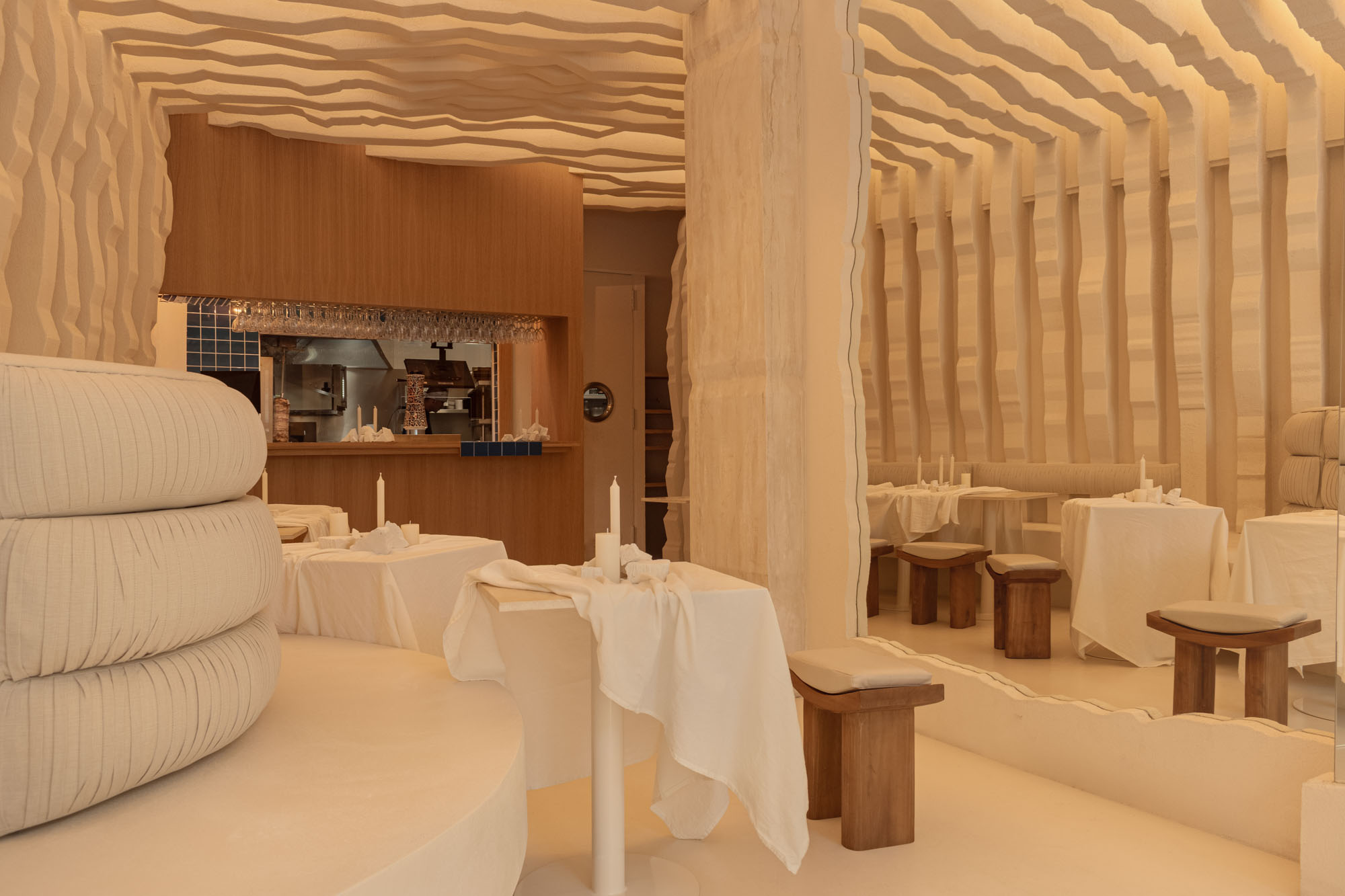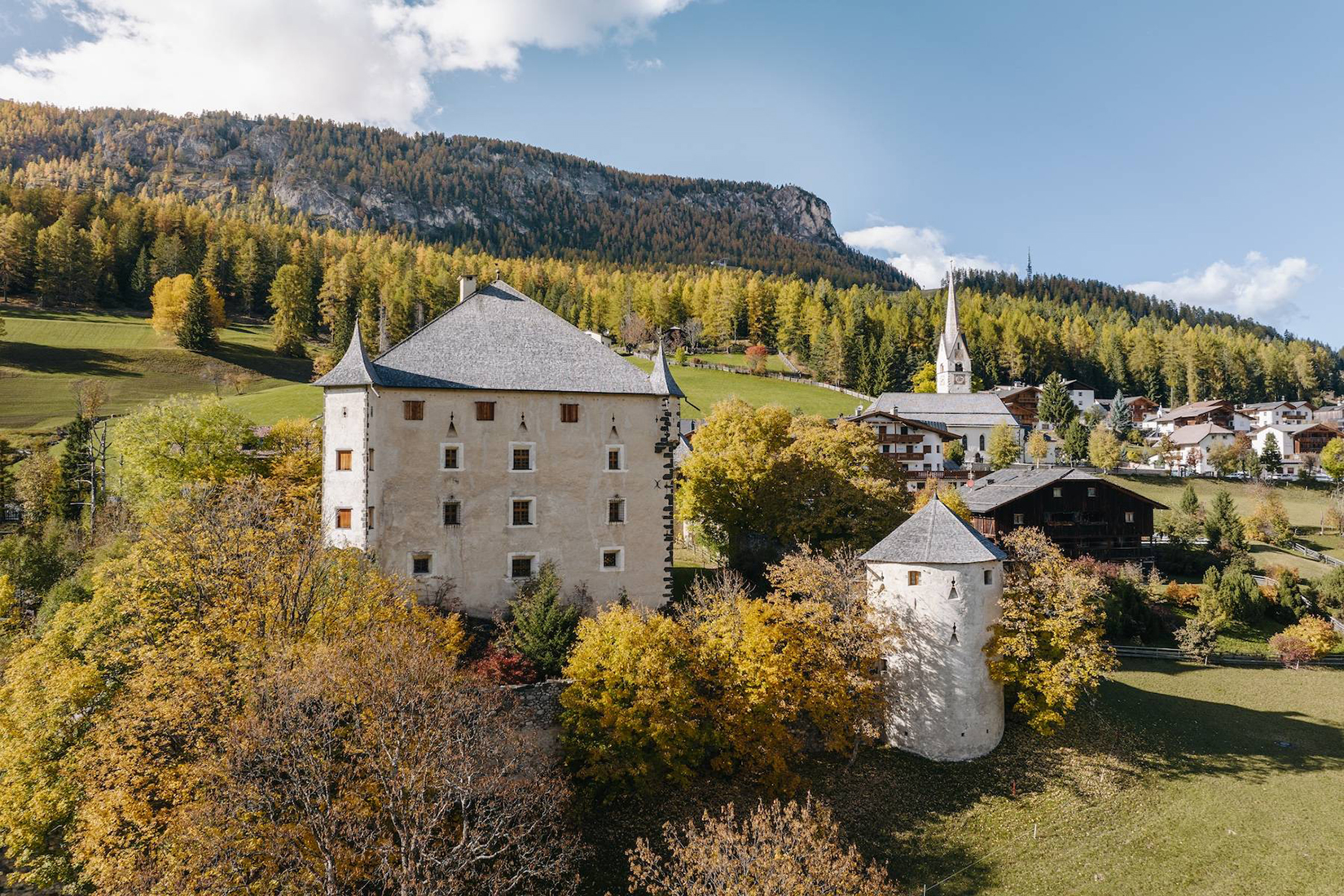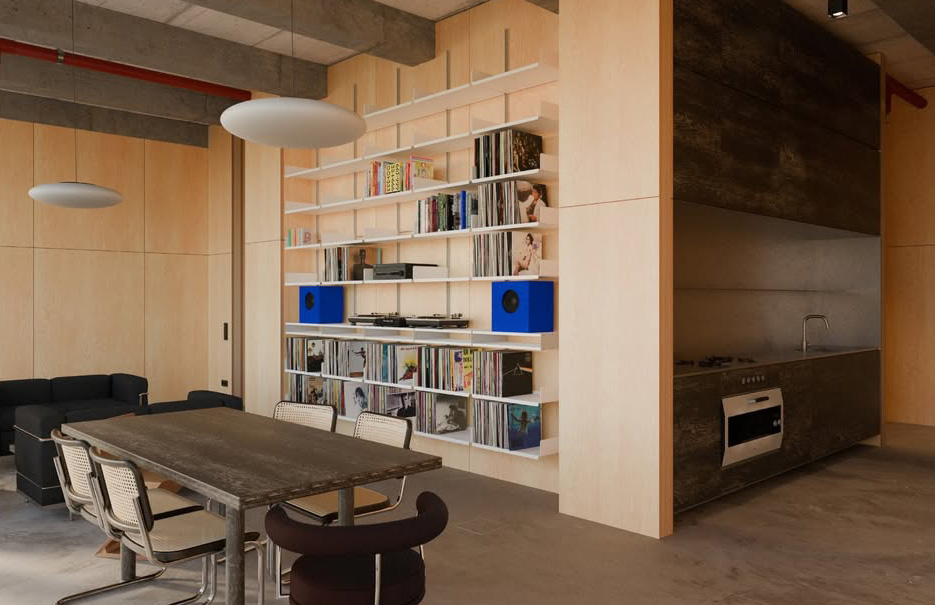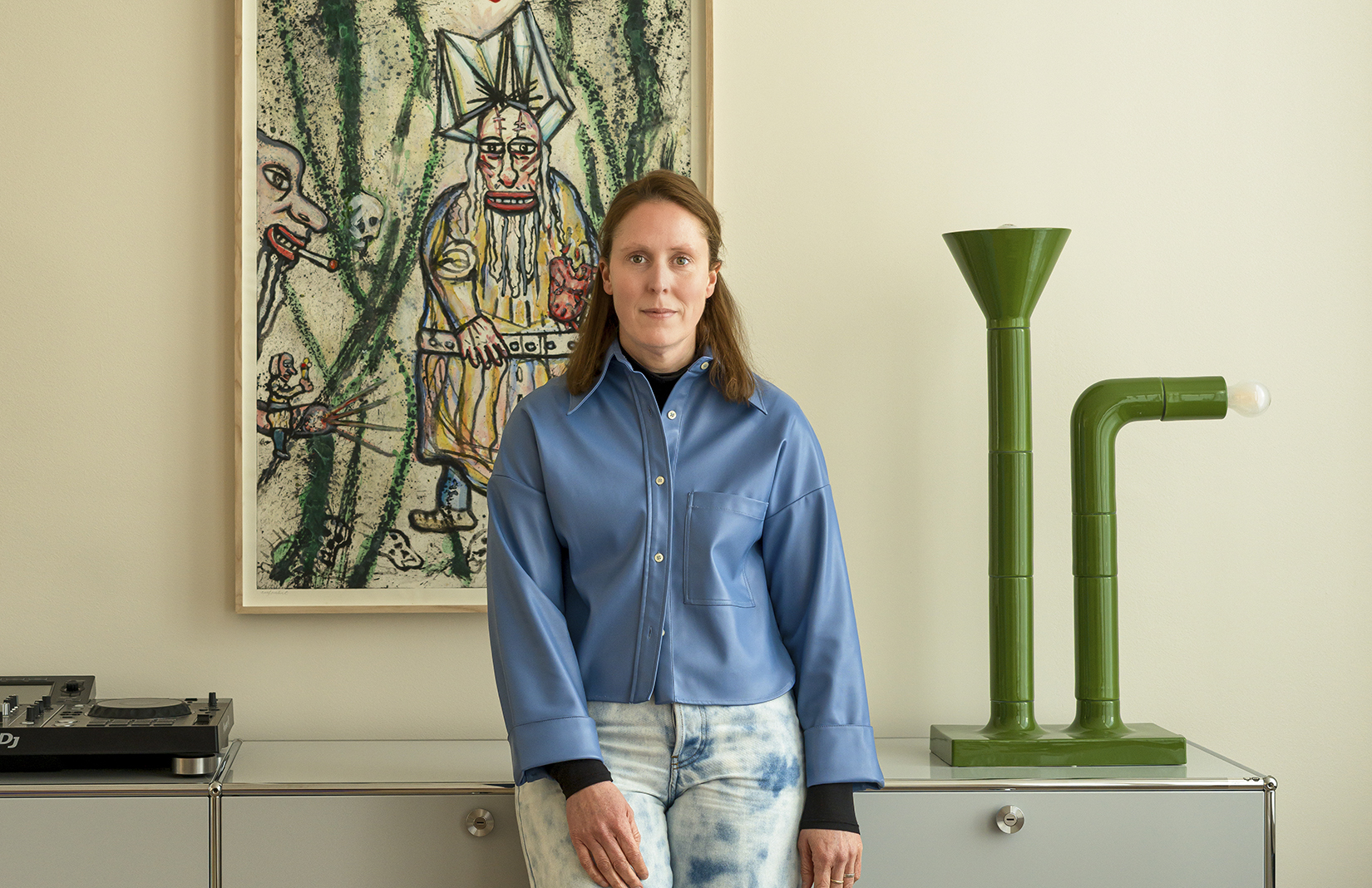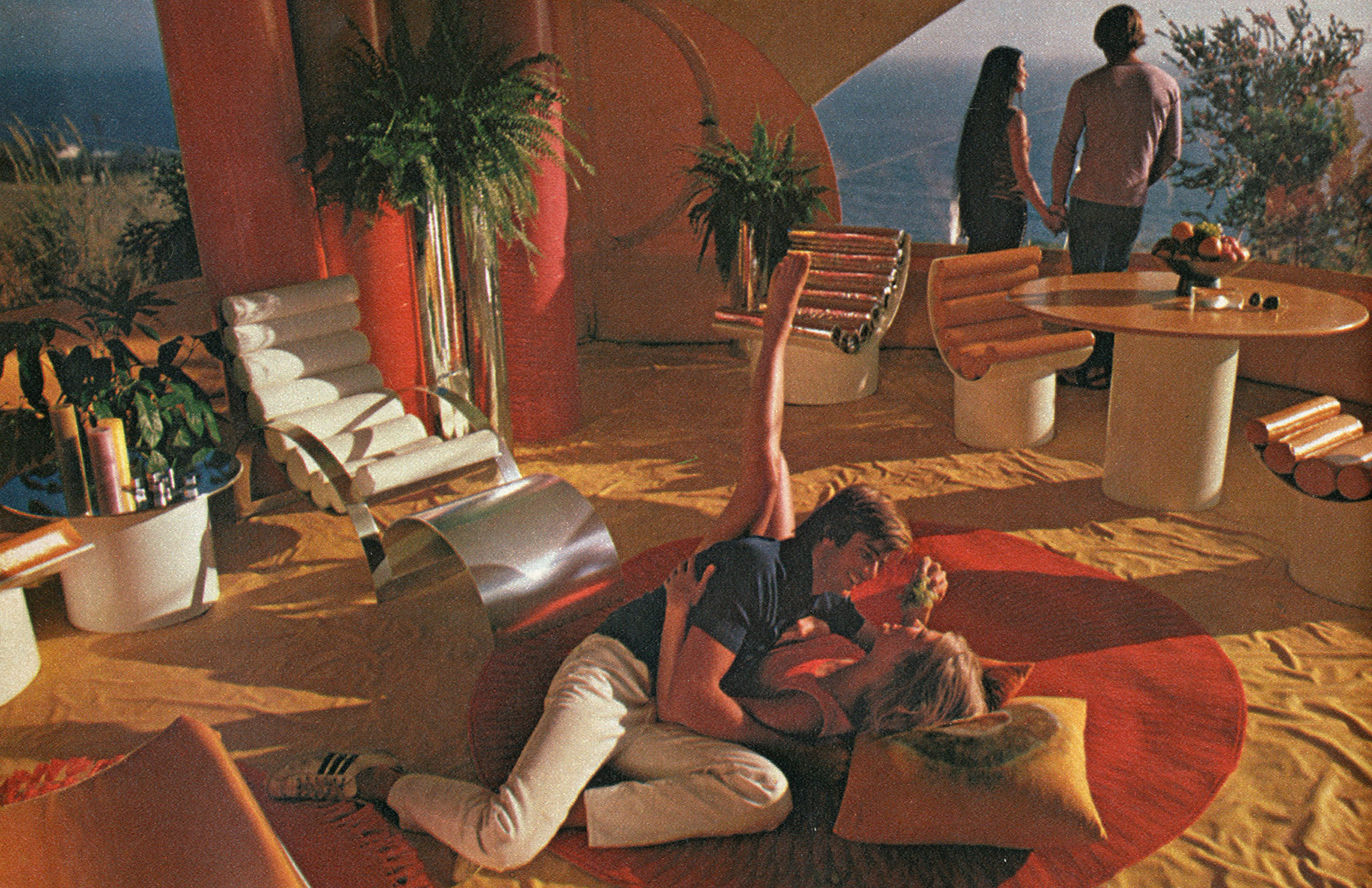
Bubble House by Design Studio Chrysalis in Playboy Magazine, April 1972 (c) Richard Fish
A new exhibition in Barcelona probes the link between sex and the built environment – without so much as a blush.
Does architecture shape desire? Or does desire shape architecture? And if most buildings are designed by men, what impact does this have on women’s sexual experiences?
Such questions are tackled in 1,000 m2 of Desire: Architecture and Sexuality, which draws on examples from the last 300 years – ranging from the Panopticon to the porn cinema; the Marquis de Sade to Playboy Magazine – in its investigation of structures conceived or appropriated as sites of pleasure.
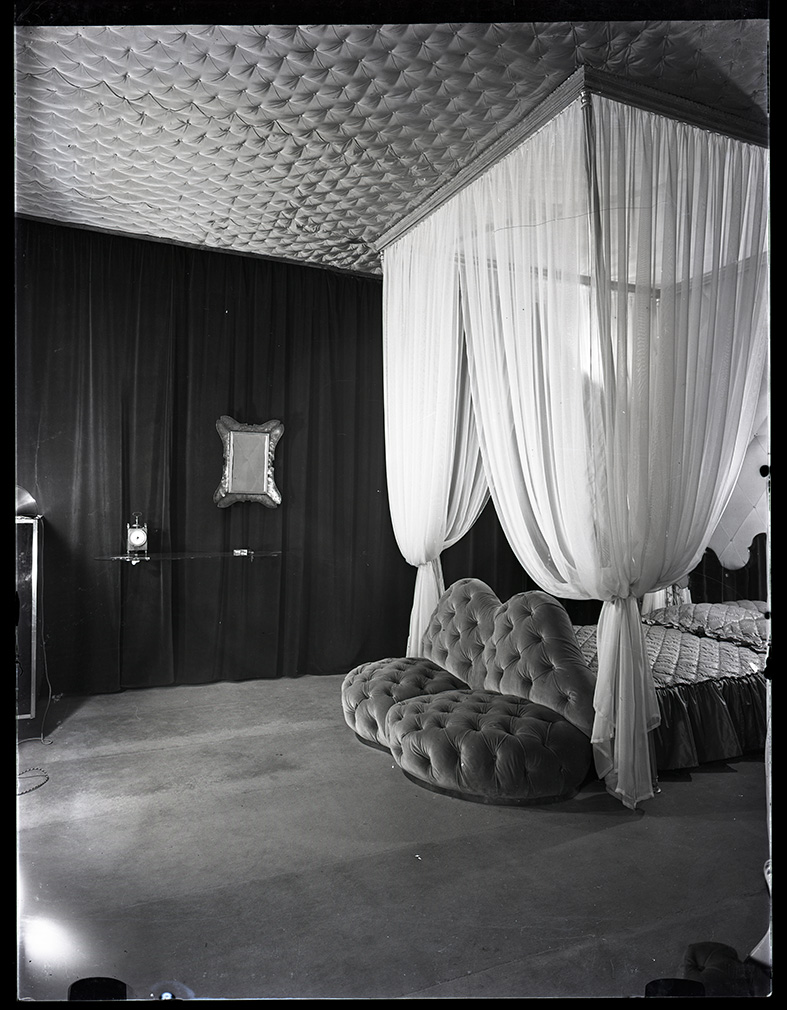
Devalle House, 1939-1940 by Carlo Mollino. Photography: Politecnico di Torino, Sezione Archivi della Biblioteca ‘Roberto Gabetti’ (c) Fondo Carlo Mollino
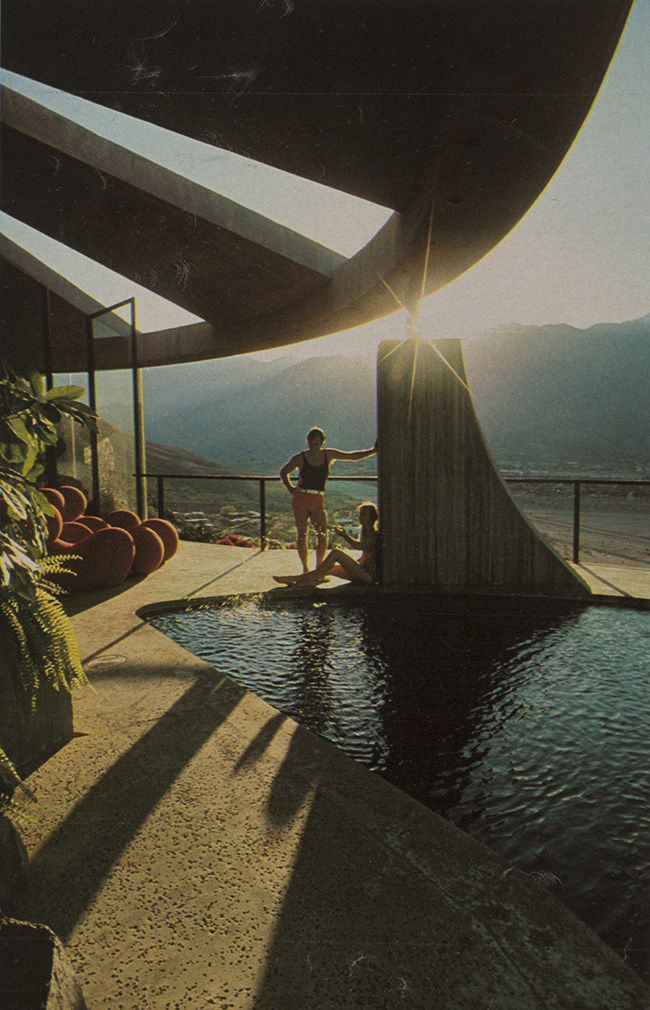
Elrod House by John Lautner in Playboy Magazine, November 1971
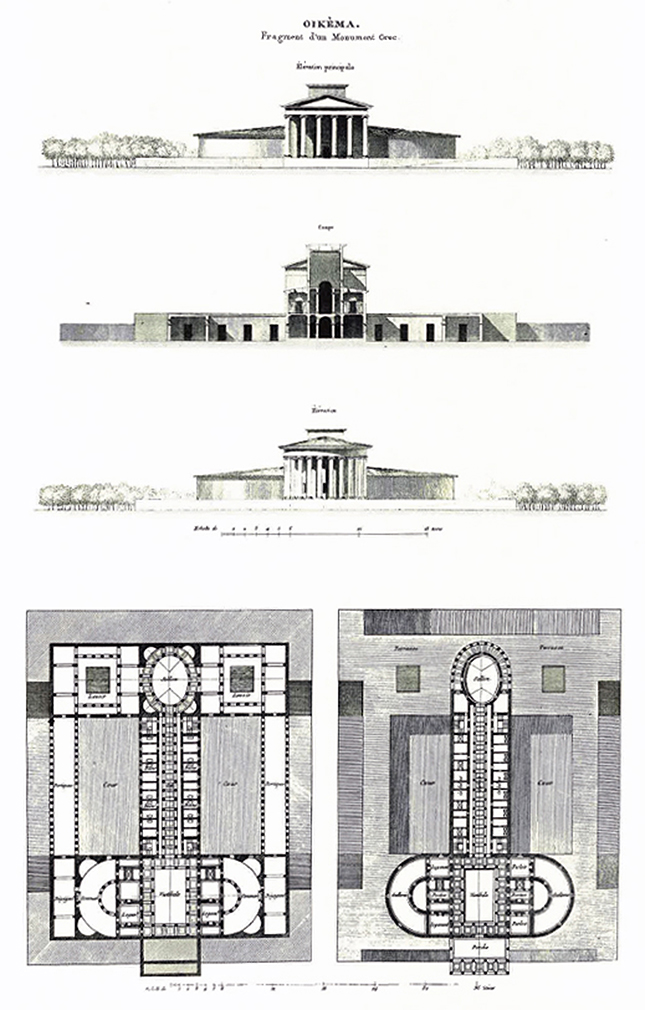
‘Oikema, house of pleasures or temple dedicated to love’ by Claude Nicolas Ledoux. Saline de Chaux, 1775-1779. Courtesy Musée Ledoux, Saline Royale, Arc et Senant
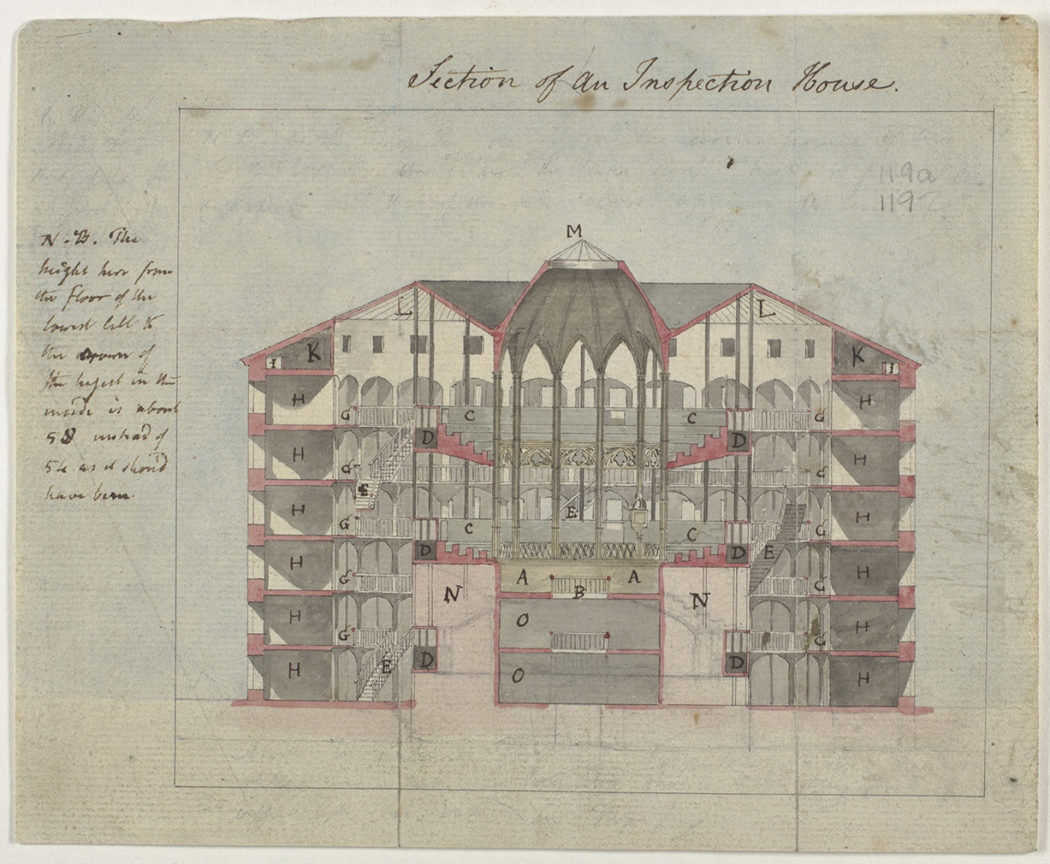
Colour drawing of section of the ‘Panopticon or Inspection House’, 1794-95 by Jeremy Bentham (c) Bentham Papers, UCL Library Services, Special Collections
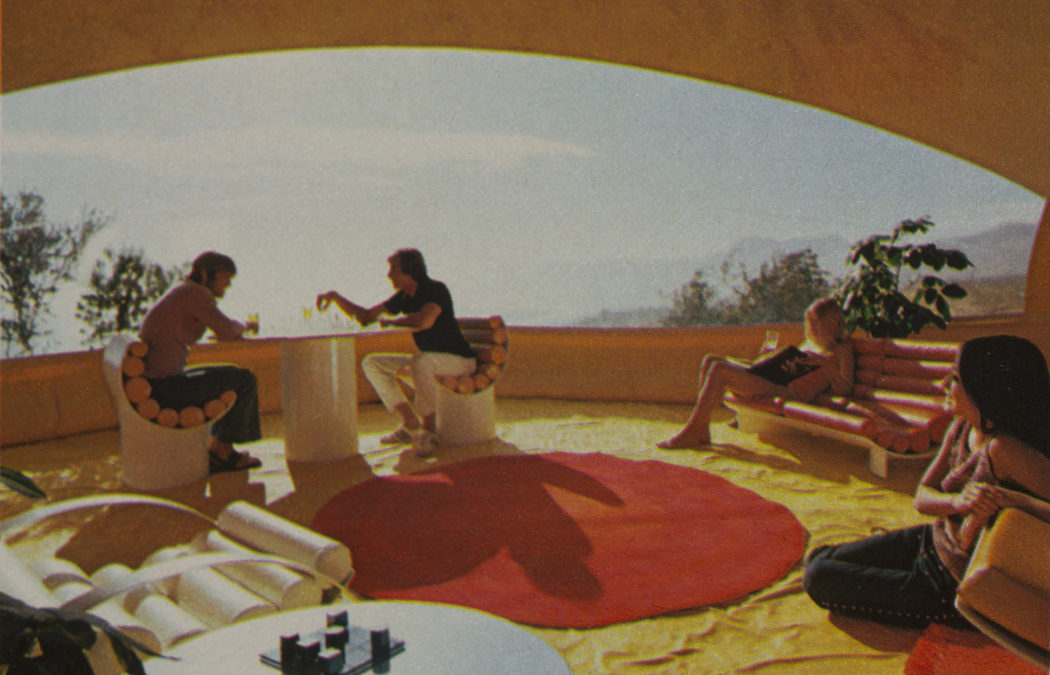
Bubble House by Design Studio Chrysalis in Playboy Magazine, April 1972 (c) Richard Fish
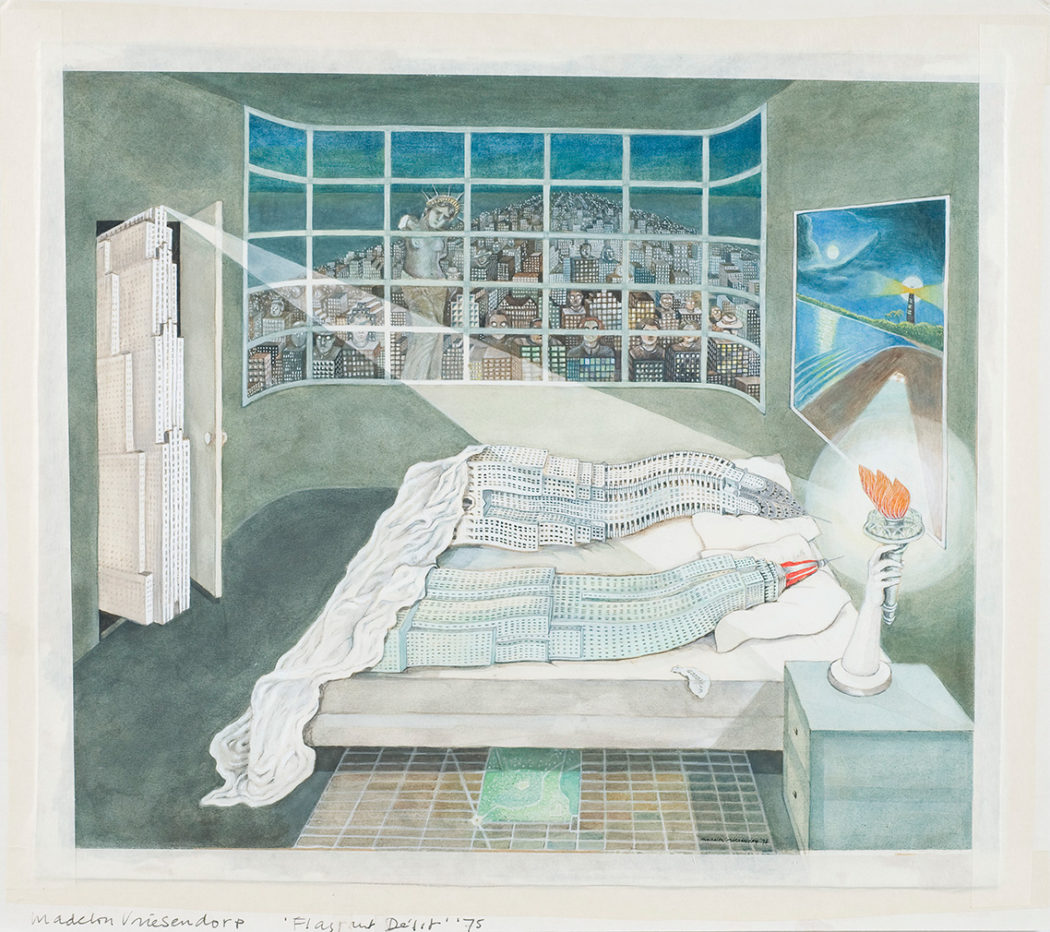
‘Delirious New York’ by Madelon Vriesendorp, 1975. Courtesy of Collection Frac Centre-Val de Loire, Orléans, France
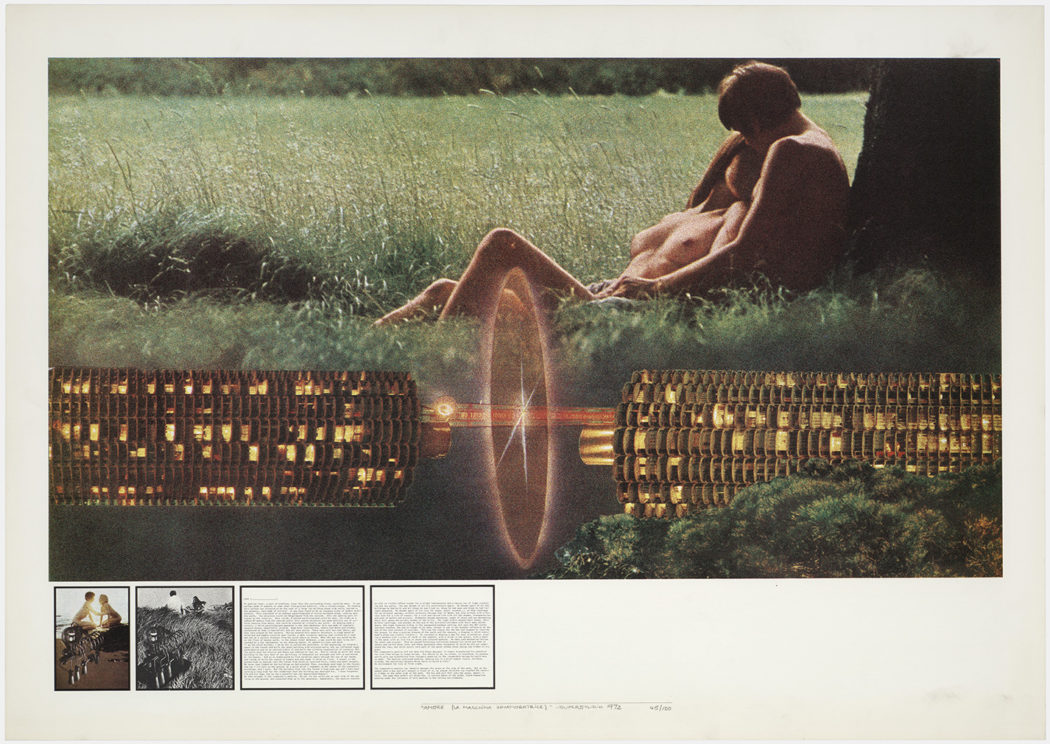
‘Amore: la Macchina innamoratrice ‘ by Superstudio (c) 1971 – 1973
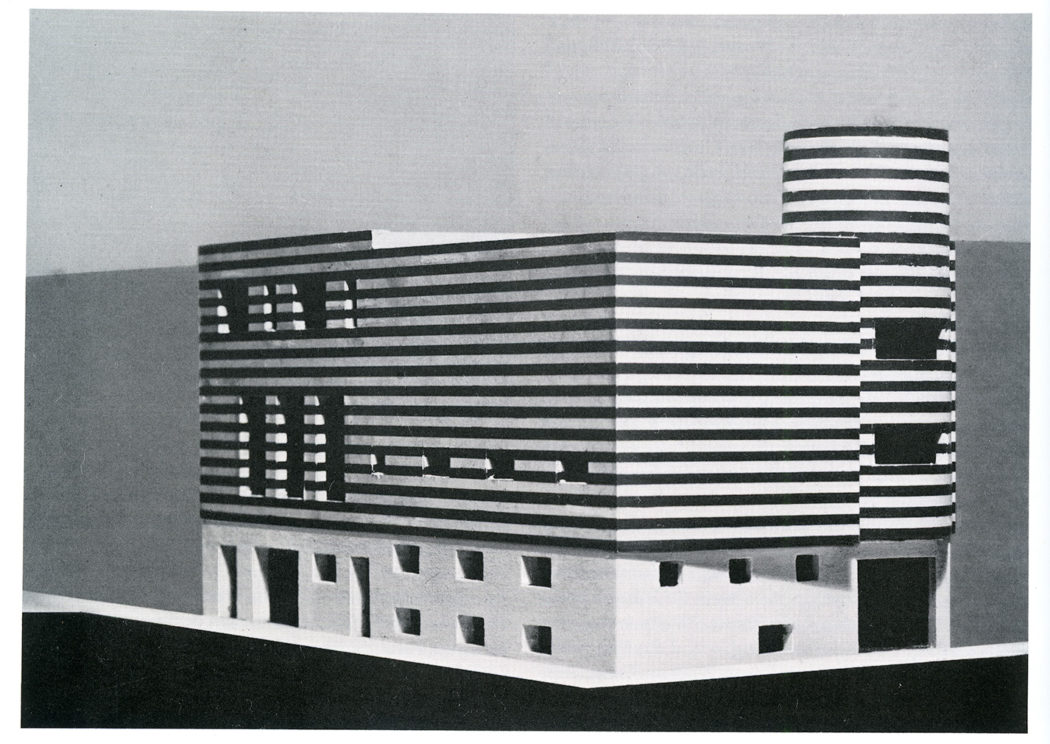
Model of Josephine Baker House in Avenue Bugeaud, París by Adolf Loos, 1927. Photography: Martin Gerlach

The fall of Babylon (circa 1950, reissue of a 19th-century engraving), Anon. Collection Mony Vibescu (c) Gilles Berquet
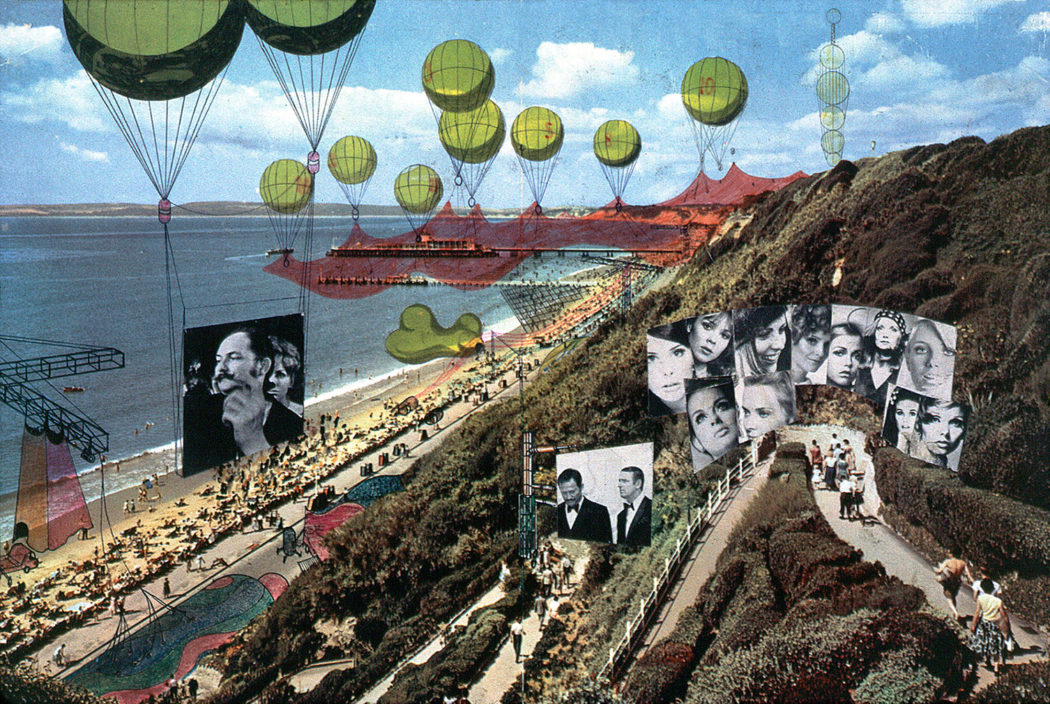
Collage 2 , by Ricardo Bofill, 1968 (c)
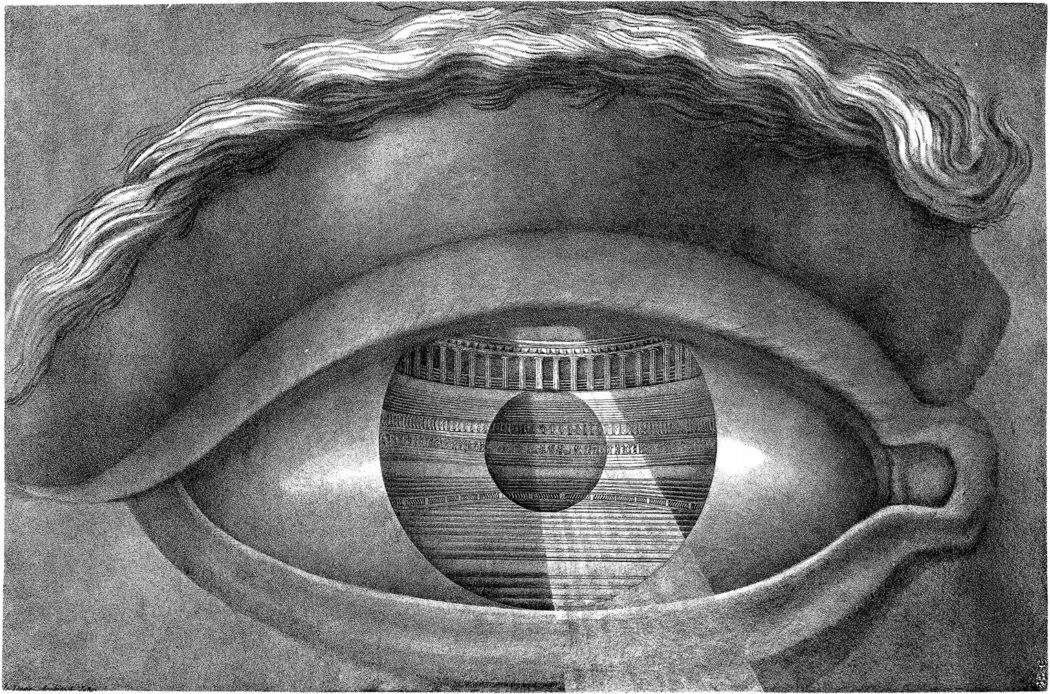
The interior of the Theatre at Besancon reflected in the pupil of an eye, by Claude Nicolas Ledoux, 1784. Courtesy Musée Ledoux, Saline Royale, Arc et Senant
‘Architecture makes up a substantial part of our sexual fantasies,’ explains Rosa Ferré, who curated the show with Adélaïde de Caters. ‘Many of the spaces presented have only been imagined and built through language or the projected image.’
These imagined spaces include blueprints for Claude Nicholas-Ledoux’s unrealised temple of pleasure (the Oikema) in his designs for the Saltworks at Chaux, and Peter Cook’s ‘Room of 1000 delights’ for Archigram (1970). Those wishing to further stimulate their imagination can enjoy a reading room stocked with 18th-century libertine novels.
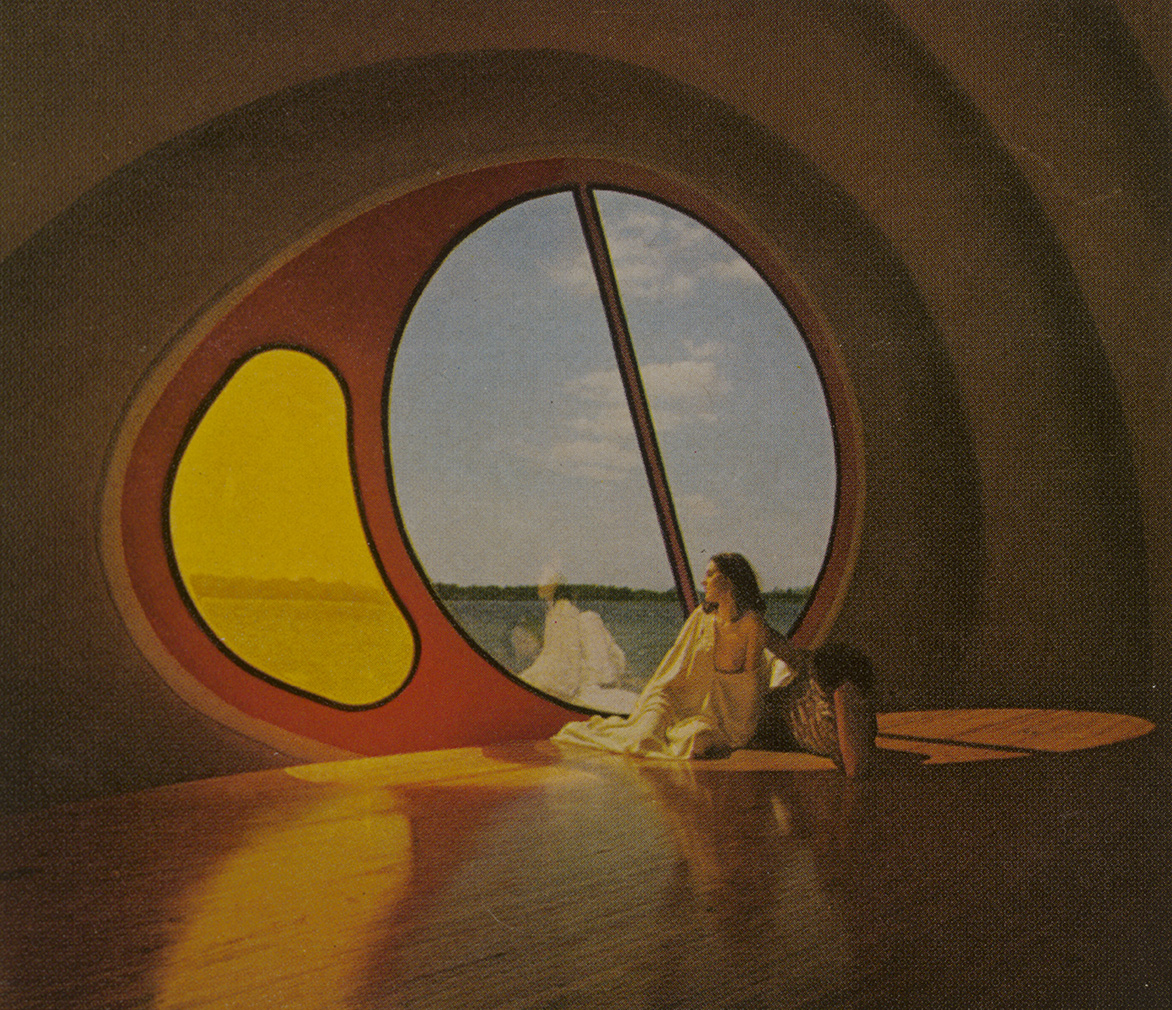
The exhibition at the Centre de Cultura Contemporània de Barcelona is structured around the themes of Sexual Utopias, Libertine Refuges and ‘Sexographs’: codified spaces dedicated to sexual pleasure hacked into the urban fabric, from restrooms to rhododendron bushes.
Images from Playboy in the early 1960s recast the magazine as a libidinal version of Wallpaper*, featuring profiles of George Nelson, Eero Saarinen and Charles Eames, and time-and-motion studies of the ideal penthouse layout. While you might not hanker after the sexual politics of the era, the design has lost little of its allure. Particularly in a time when, as the exhibition suggests, the space for sex is likely to be virtual: the stuff of apps rather than cocktail shakers, deep-pile carpeting and Glenn Miller records.
